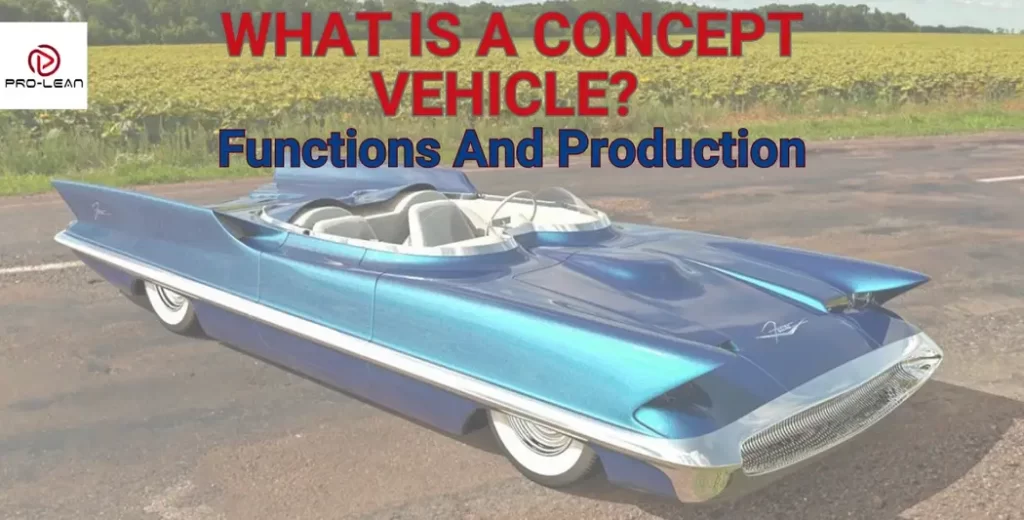
A Concept vehicle
Many consider the 1938 Buick Y-Job the first concept vehicle, with its ingenious concept car designs such as hidden headlights, fender stripes, and convertible cover proving the lengths designers had gone to for such an era.
A concept vehicle, an experimental vehicle with the latest technological developments, serves as a vision for vehicle manufacturers. That’s why there have been many other concept automobiles throughout history, leading to the latest ones, such as the 2021 Genesis X.
Original equipment manufacturers (OEMs) build concept vehicles to showcase future prototype cars design trends and technologies. All forms of imagination are allowed in concept cars, which are not meant for full-scale manufacturing.
From conceptualization to the prototype stage, the concept vehicle development process is an embodiment of human creative capabilities, all aimed at improving vehicle quality and performance.
Manufacturers mainly use 3D printing, CNC machining, and vacuum casting methods to produce concept vehicles.
In this article, the concept vehicle process is discussed, with highlights on the steps and main technologies.
What Is a Concept Car?
A concept vehicle can be considered the manufacturer’s version of how a car of the future should appear and perform. Consider it as a blueprint for a vehicle, demonstrating ideas and principles. So, it is not surprising to find many concept automobiles on exhibition without an interior or engine.
However, that does not rule out the existence of concept automobiles that are almost complete. Indeed, you can come across a concept car with an engine. Such can even be driven around, but in controlled environments.
As the chart below shows, a concept car is part of a long series of steps manufacturers follow before realizing a market-ready car.
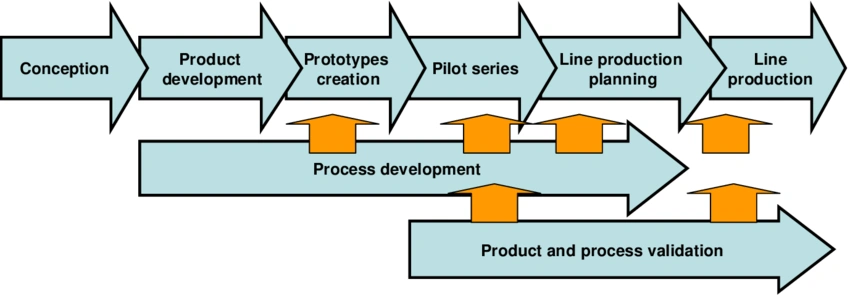
Car development process steps
To build such, the best manufacturing processes are applied. Read the CNC machining complete guide to find out how the method produces high-quality parts fit for demanding concept vehicle applications.
Historical Concept Vehicle Examples
We have witnessed notable concept cars in the course of history, from the Buick Y-Job of the late 1930s to the Plymouth Prowler in 1994. Each of these cars had fascinating features and ideas, which are worth outlining.
-
1938 Buick Y-Job
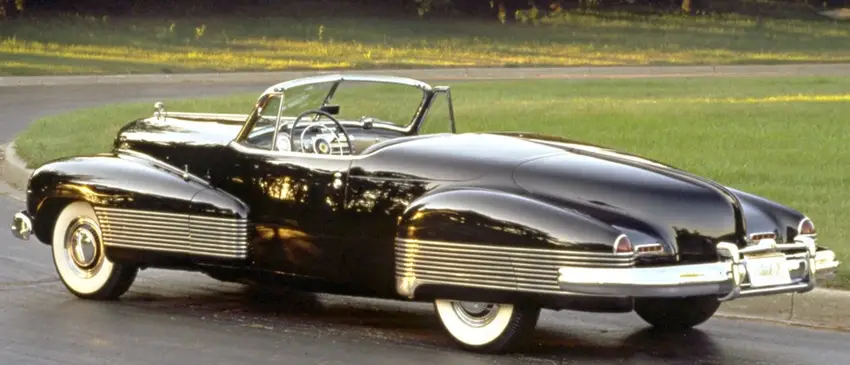
1938 Buick Y-Job
Famously regarded as the “Car of the Future” then, the Buick Y-Job concept car had futuristic features and technologies. A concealed convertible top, flush door handles, and hidden headlights were first seen in this exciting car.
-
1955 Lincoln Futura
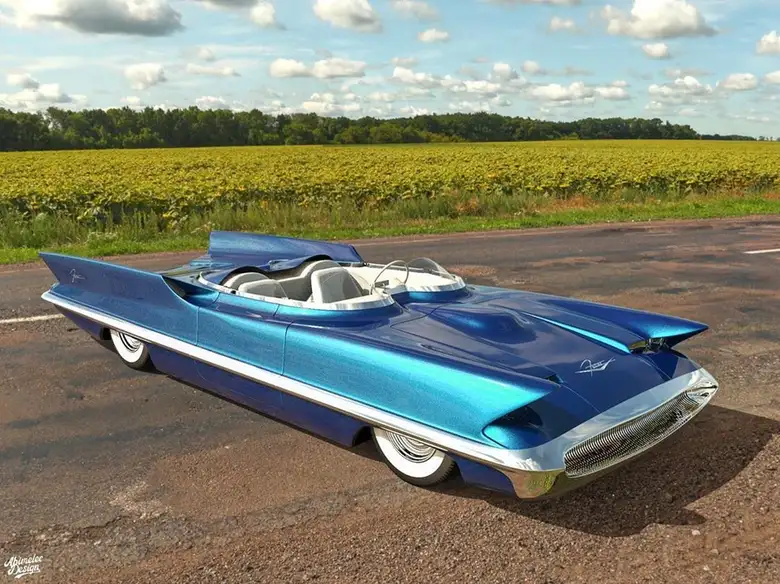
1955 Lincoln Futura
This concept car, one of the best concept cars from the 1950s, was the ingenious work of William M. Schmidt, who was inspired by a fascinating encounter with a shark. Instead of panicking, William admired the animal’s tailfins and other features. The car was designed in the US, but built in Italy.
-
1986 Chevrolet Corvette Indy
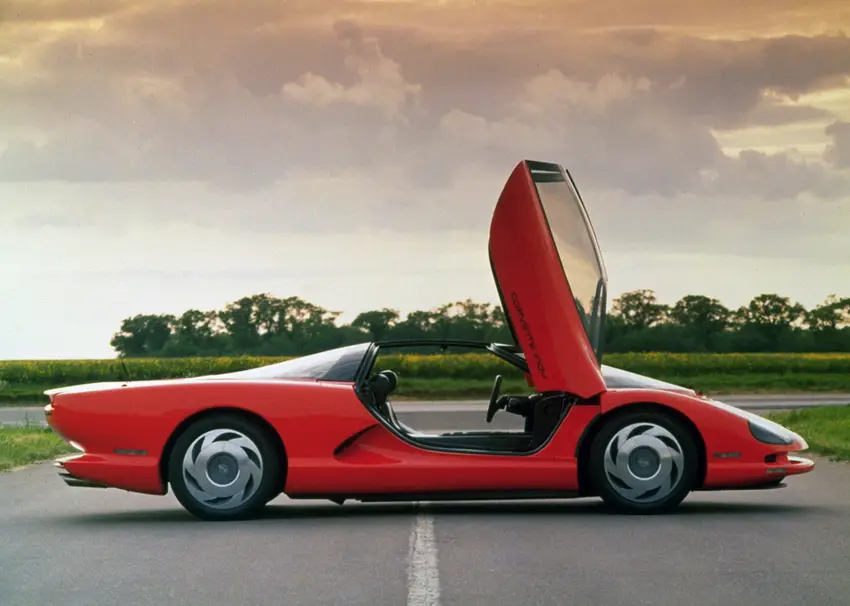
Chevrolet Corvette Indy
This concept car may not have received acclaim to match its excellent features, but it paved the way for other automotive advancements, especially for the Corvette family. The car had a 600hp 2.65-liter twin-turbo V8 engine, innovative aerodynamic lines, and a four-wheel-drive drivetrain.
-
1989 Dodge Viper RT/10
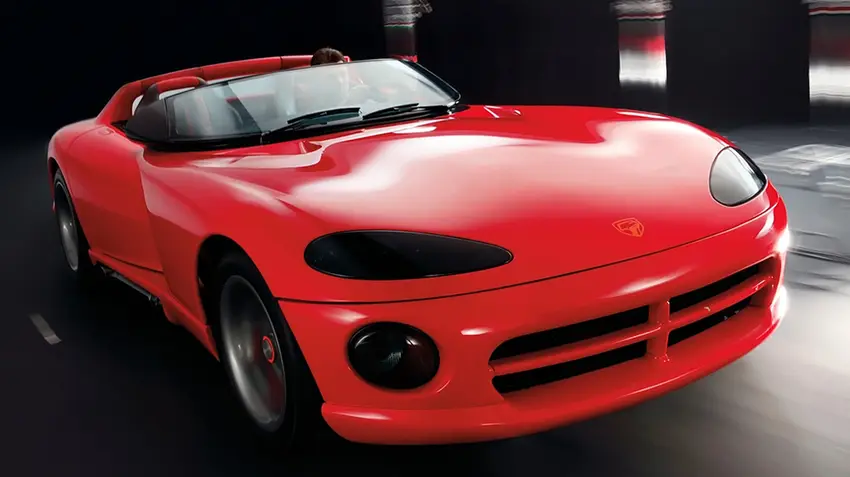
1989 Dodge Viper RT/10
Like the Corvette, the Dodge Viper RT/10 had a powerful engine featuring precisely manufactured parts. Other notable features on this concept car were a six-speed manual transmission, ABS, stability control, and air conditioning.
Related:
1: Understanding Crankshaft Function & Cost Factors
2: Enhancing Engine Performance with Cylinder Head Machining
3: https://proleantech.com/cylinder-head-machining/
-
1993 Plymouth Prowler
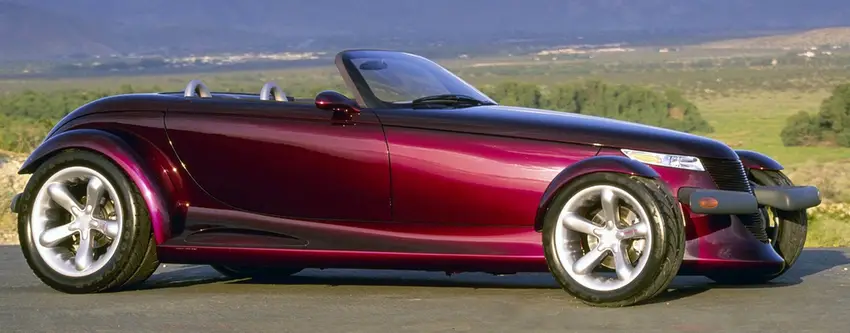
1993 Plymouth Prowler
This is another unforgettable concept vehicle, a two-seat marvel with an aluminum and composite exterior, low-lying profile, and staggered wheel design – the rear wheels were slightly larger (3 inches difference in diameter).
-
Hyundai N Vision 74

The Hyundai N Vision 74
The N Vision 74’s design revolves around the revolutionary impact of hydrogen fuel cells coupled with a unique outlook. Its remarkable driving range of over 600km draws from a pair of 4.2kg hydrogen tanks placed at the rear axle.
Other related features are the Torque Vectoring logic (TVCU), cooling systems for each battery stack, and an integrated control system.
Try Prolean Now!
Is A Concept Vehicle An Auto Prototype?
A concept vehicle is not an auto prototype, but the two are closely related. A concept vehicle comes before an auto prototype. If the market and manufacturers are impressed by the concept vehicle, then manufacturers can consider prototype development.
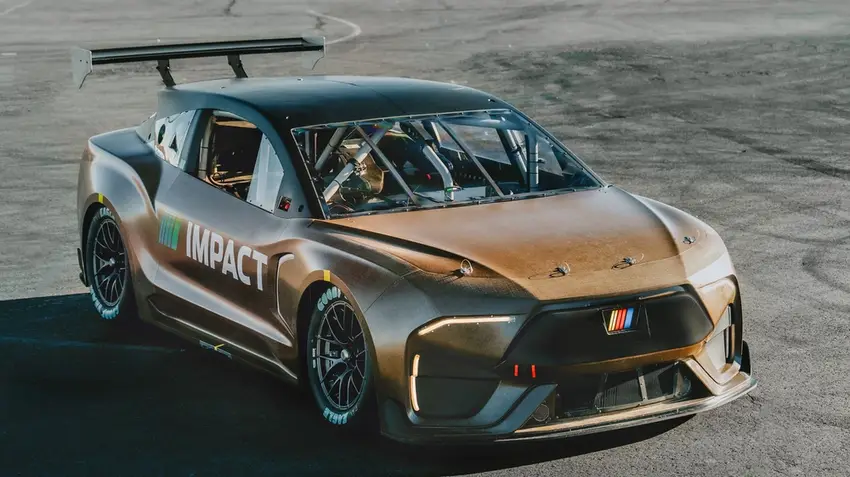
An electric prototype concept car
One may wonder why the prototype concept car stage is important. Why not just jump to full-scale production once the concept vehicle is accepted? The vehicle concept is yet to be subjected to real-world scenarios; that’s the function of a prototype.
An auto prototype allows manufacturers to test various concept car designs and performance aspects. A prototype is much more encompassing and closer to the real product than a concept.
With the prototype tests, manufacturers can pinpoint faults and shortcomings, and progressively remove them before real manufacture.
But that doesn’t water down the functions of a concept vehicle in any way. So, what are the specific reasons behind concept vehicles?
Reasons To Make A Concept Vehicle
The futuristic aspect is tied to concept vehicles, but that’s not entirely the function of these productions. Car makers strategically use these concept car designs to not only display innovations, but also analyze the reaction in the market, and position their brands.
Concept Vehicle for Innovation Display
The display aspect of concept vehicles is the most prominent. Car manufacturers regularly need to showcase their innovations, and there is no better way to do it than through a concept car.
Over the years, the number of details in these vehicles has increased. For instance, auto makers are regularly including CNC machined interiors for automotive excellence and other elements in the concept products.
Checking the market’s reception
For the marketing departments, the concept vehicle is a perfect marketing tool for getting insightful feedback about the product of the future. The market’s view of the design can help the automaker determine whether to improve on the present concept or scrap it altogether. They use it as a trial-and-error approach for futuristic designs.
For Brand Positioning
Brand positioning, the kind of relationship and identification consumers have with a brand, is critical for every business. Concept vehicles can shape how customers perceive a vehicle manufacturer.
Try Prolean Now!
Steps To Make A Concept Vehicle
Making a concept vehicle is a complicated and creative process entailing idea generation, sketching, digital design, and building a scale model. Car makers carefully plan and execute each of these steps to demonstrate what can be achieved in the future.
Step 1: Concept Vehicle Definition
The process starts with extensive research of the concept car meaning in the context of the company intending to build one. This stage can take years because the automaker wants to ensure that the concept vehicle wins support when it is finally released.
Some areas that research teams look into for prototype car design are new technologies, possible materials, and customer insights.
Step 2: Design Sketch And Theme
The second step in generating a concept vehicle is the sketch design and theme determination. The sketch is instrumental in visualizing what the designer has in mind. It emphasizes on form and aesthetics of the vehicle; further development can follow later.
Today, there are digital tools to prepare concept vehicle sketches, but the conventional pen and paper style is still applicable. This step brings memories of exciting sketches, for instance, the DeLorean DMC-12 one by Giorgetto Giugiaro in the 1980s.
Step 3: Digital Modeling Of The Vehicle Design
The sketching stage ushers in digital modeling, where the design data and visions are combined. This step produces a 3D model, which can be extensively improved by the designers and engineers, with the addition of features also possible. The details captured in the final digital model will be used to create the concept vehicle.
Step 4: Engineering Input And Feasibility Study
Ultimately, what matters in a concept vehicle is the practicality and viability of the product. There is no better way to fulfill this requirement than to get the nod from engineers and conduct a feasibility study.
Apart from checking the feasibility of crucial elements, engineers give important recommendations for more precise idea formulations. They will also advise if any suggested developments are already in the market.
Step 5: Virtual Simulation and Testing Of The Concept Vehicle
It is important to simulate and test the concept vehicle early in the development process to establish whether the design is still focused. Virtual simulation and testing technologies are available to assist in this stage.
Step 6: Rapid Prototyping In Concept Vehicle Manufacturing
When it comes to producing a tangible concept vehicle, the team may decide to build a scaled-down physical model first before proceeding to the full-scale concept car or jump into creating the concept car. In either case, rapid prototyping techniques from ProleanTech can significantly accelerate the process.
Step 7: Detailing For Interior And Exterior Features
Once the general physical concept car is ready, the final steps entail working on the interior and exterior features to the required extent. The goal is to make the vehicle concept impression as close as possible to the reality of the future. Glass and lights are some of the important features.
More On Rapid Prototyping Technologies For Concept Vehicles
Flexibility and speed are central to the effective making of concept vehicles, and that’s where types of CNC machines, 3D printing, and vacuum casting processes come in. With these techniques, designers can easily and quickly manufacture concept vehicles.
CNC Machining
CNC (Computer Numerical Control) machining is effective in making quality parts for concept vehicles, utilizing the latesttechniques. Whether metal, plastic, or composite parts, this technology is reliable, with superior accuracy and repeatability.
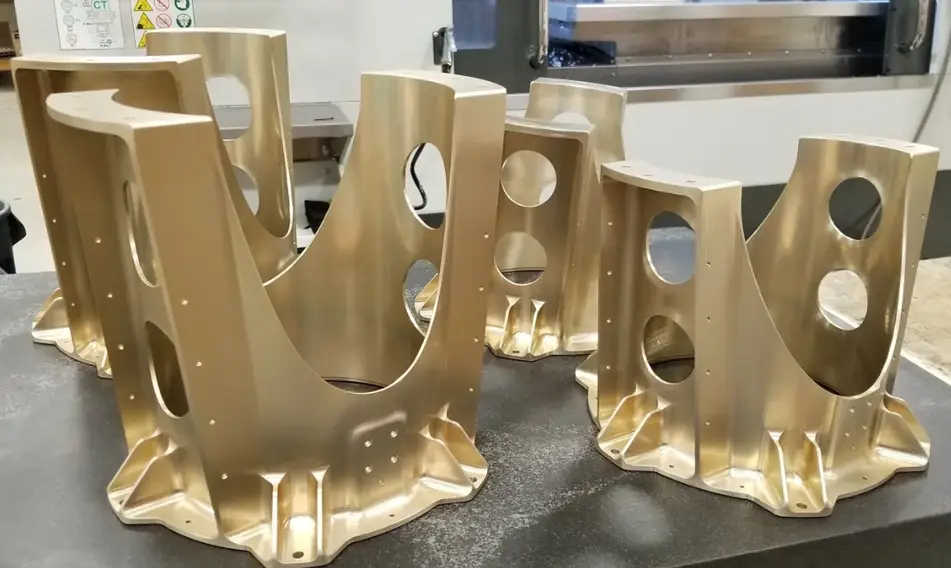
CNC-machined car parts
CNC machining is a preferred method for manufacturing engine mounts, motor shafts, suspension arms, and criticalcomponents, and many other parts of a concept vehicle.
Top headlight manufacturing process with CNC machining is also applicable in CNC concept vehicle projects.
3D Printing
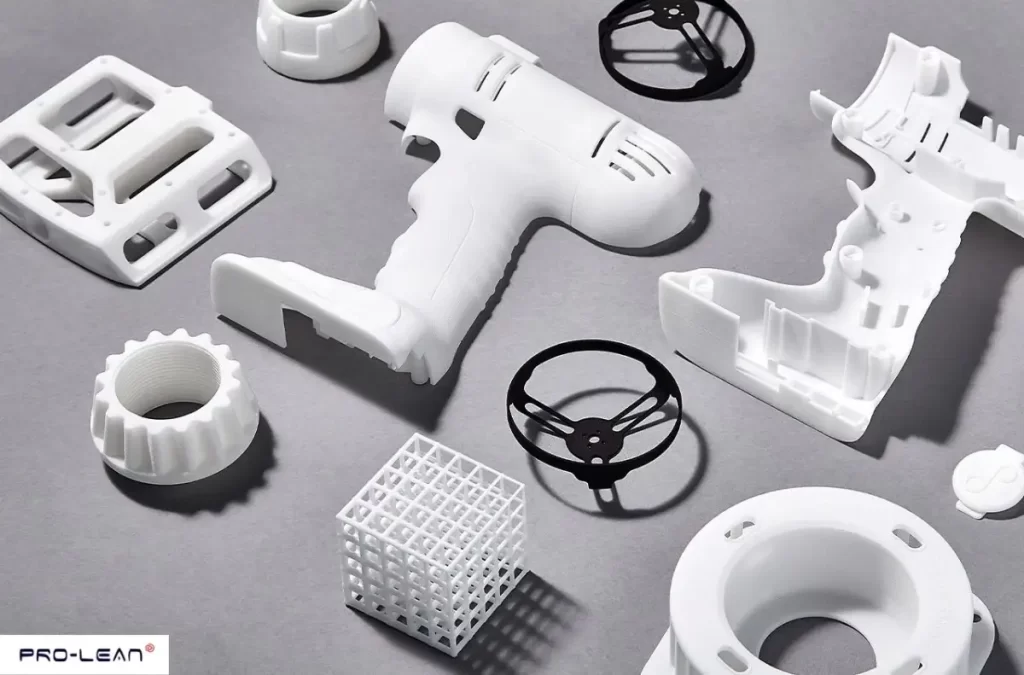
3D Printing Parts
Additive manufacturing in the form of 3D printing uses plastics, metals, and resins to build concept vehicle parts one layer after another. This technique suits the production of complex parts like display enclosures, buttons, air vents, and dashboards.
Vacuum Casting
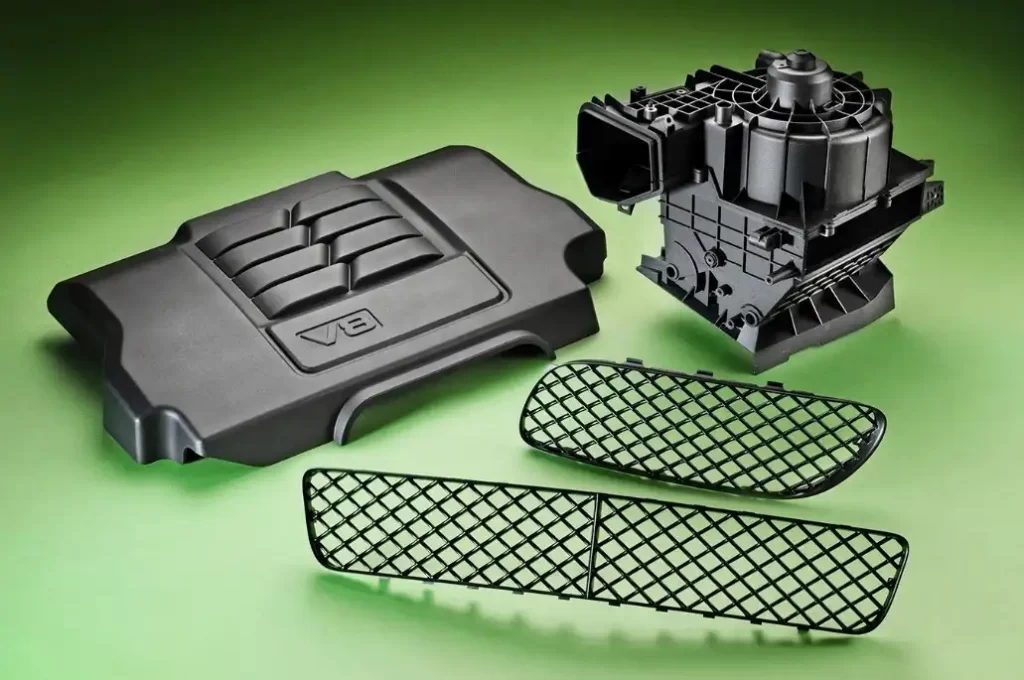
Vacuum-cast car parts
High-quality parts for concept vehicles can also be manufactured using vacuum casting, a method that entails silicon molds acquiring detailed replicas from the master pattern. This pattern can be made through 3D printing or CNC machining.
These parts are smooth, low-cost, and ideal for aesthetics. Examples of concept vehicle parts that can be made by vacuum casting are door handles, electronic enclosures, mirror housings, and headlight covers.
Further reading:
1: CNC Machining for High-Performance Steering
2: How Motor Shafts Are Made and Why They Matter
3: https://proleantech.com/flywheel-in-car/
4: https://proleantech.com/auto-parts-manufacturing/
5: https://proleantech.com/automotive-steering-system/
Conclusion
Concept vehicles have repeatedly shaped the future of the automotive industry, with designers freely showcasing their imaginations of designs to come. As these are just ideas, turning them into tangible products that can be used in the real-life market is usually a long process.
As seen here, engineers and engineering solutions are at the core of the concept vehicle development steps. With CNC machining services and related solutions from our experienced team, making that idea clearer is easier.
FAQs
Can you actually buy a concept car?
Usually no. These cars are merely built for evaluation purposes. They lack the necessary full functionalities and certifications for individual ownership.
What is the price of a concept car?
The price of a concept car depends on many factors, so some are more expensive than others. It is not surprising to find concept automobiles worth several million dollars!

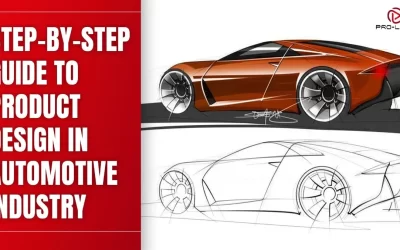
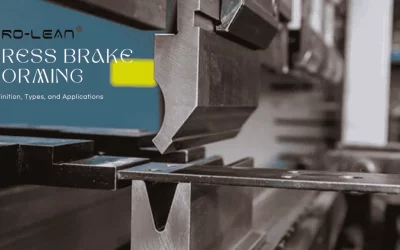
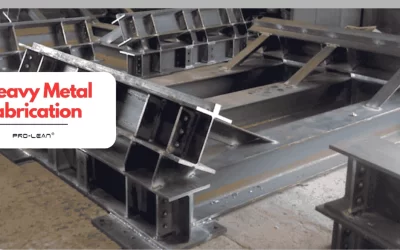
0 Comments